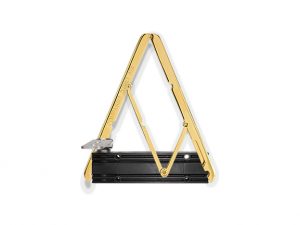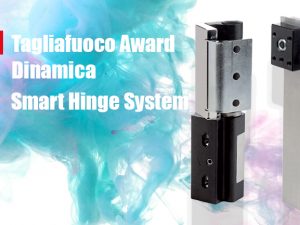
Durability of concealed door hinges
How long do concealed door hinges last? How can we estimate the duration of its performance? Here is some background information that will help us choose the right hinge.
Concealed door hinges
Door hinges are regulated by UNI EN ISO 1935, a standard applicable to concealed single-axis hinges. Concealed multi-axis hinges also refer to technical specifications similar to the summary characteristics set in the UNI EN ISO 1935; however, these technical specifications are not comparable as they require tests which vary substantially. Let’s have a look at some of these differences.
Door hinge durability
The durability is indicated by the number of cycles that operate without alteration of the hinge sliding characteristics: force of activation and force of friction.
The durability of a hinge can be deduced by the standard classification string, and more precisely by the second digit from the left:
4 7 5 1 1 3 1 13
Standards specify two grades of durability:
Grade Durability
4 25,000 cycles
7 200,000 cycles
Testing
UNI EN ISO 1935 standard requires the following series of hinge durability tests:
- 20 cycles on specific load and consecutive verification of frictions and hinge gaps;
- 25,000 or 200,000 cycles on specific load and consecutive verification of frictions and hinge gaps;
- overload test on door mass incremented by 50%, completion of 5 cycles, bearing under load for one or two minutes, verification of frictions and hinge gaps.
Differences between single- and multi-axis hinges
Even though their classification strings are similar, these two types of hinges are tested differently. Therefore the performances stated in the two classifications are not the same:
- Multi-axis hinges are tested in pairs (distributing the load), while single-axis hinges are not.
- Cycle movement speed for multi-axis hinges is 25% lower.
- Admitted friction torque at the end of the test for multi-axis hinges is over 60%, which means higher wear and, as a result, higher effort to move the door.
For this reason we can assure that in terms of comfort and functionality, CE marked concealed single-axis are certainly better than their “related” multi-axis hinges.
Consider these differences when planning your door!







